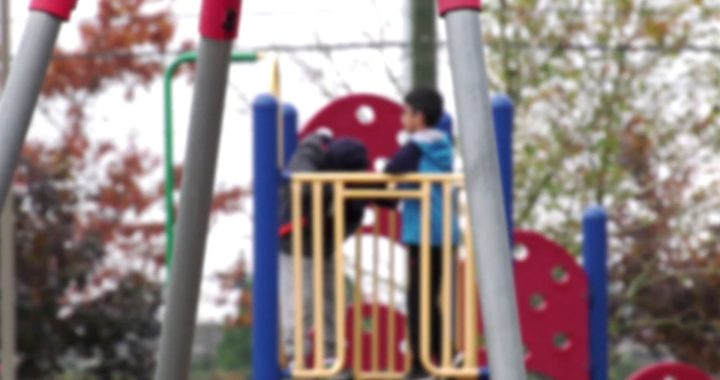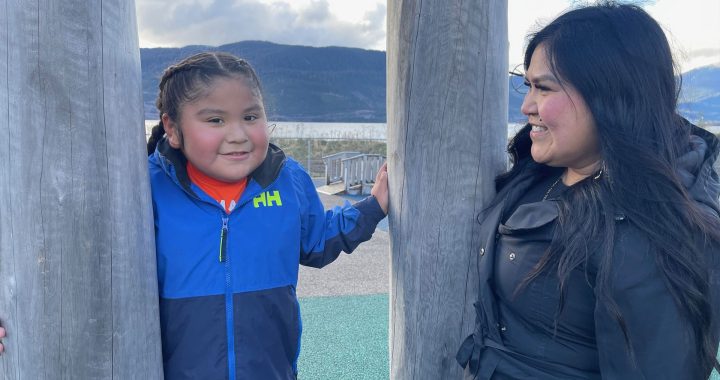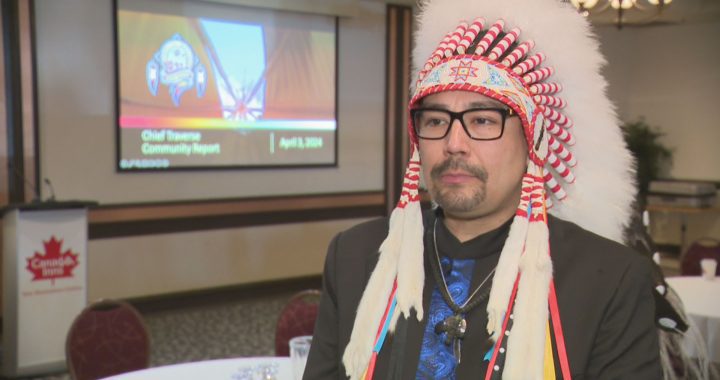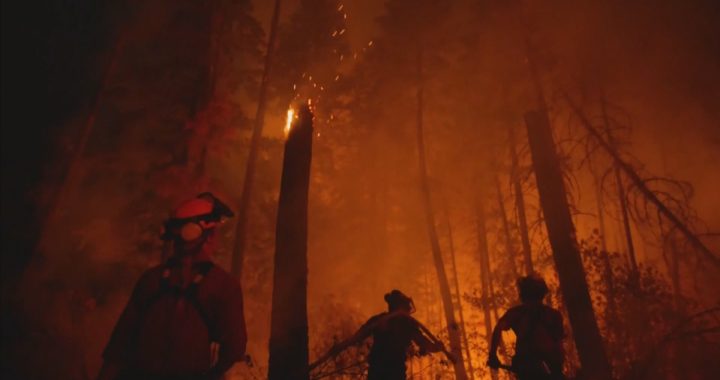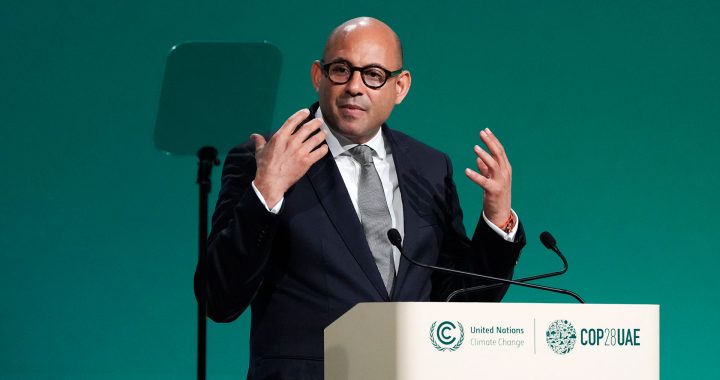Qikiqtani Inuit Association (QIA) President PJ Akeeagok wants to be very clear; after a decade of support for the Baffinland Iron Ore mine, the regional land claim organization will no longer back the controversial Phase 2 expansion of the mine.
Akeeagok has been using the phrase “will not support,” but now says the QIA is soundly in opposition of the project.
“Right now, through resolution, the QIA Board is opposing Phase 2,” explained Akeeagok via Zoom from Baker Lake Nunavut, where he is attending the Nunavut Tunngavik (NTI) board meeting.
At that meeting, Nunavut Tunngavik Inc., (NTI) also stated they no longer support Phase 2 of the Mary River mine site.
“We’ve been going through this process for quite some time, and it hasn’t left the regulatory process since 2007 or 2008… right now, what’s presented to NIRB (Nunavut Impact Review Board) is something the board cannot support,” explained Akeeagok.
Phase 2 of the Mary River mine is set to double production and put in a railway to allow for more iron ore to reach the port for shipping.
QIA have been one of the biggest backers of the project since it was introduced in 2012.
They have pocketed tens of millions of dollars designated to support Inuit on Baffin Island. As recently as 2018, the QIA was asking the federal government to overrule a Nunavut Impact Review Board ruling against the mine.
“It wasn’t just a QIA push in terms of the support, it was collective in terms of different members, including folks from Pond Inlet who are the most impacted,” says Akeeagok.
As for the current vote, “The vote (to now oppose the expansion) was unanimous,” explained Akeeagok, “with the exception of one (board member) who had to declare a conflict of interest.”
The Baffinland Iron Ore mine at Mary River Nunavut is a big business driver for Nunavut. The mine is responsible for 24 per cent of Nunavut’s gross domestic product, and employees 288 Inuit workers.
The mine has asked expansion since very early after launching, to make the mine more profitable. The loss of the mine would have a huge impact in Nunavut.
“We’re looking at this from a whole picture,” said Akeeagok. “We take our role very seriously, so we look at first and foremost the environment, and look at the wildlife section, and look at the whole spectrum of the project.”
The question is whether the mine chooses to leave if it’s not granted a phase two expansion.
“That’s a risk we all have to take on such an important future decision of this scale,” Akeeagok says.
Feb. 4, 2021 was when the big push to block Phase 2 began
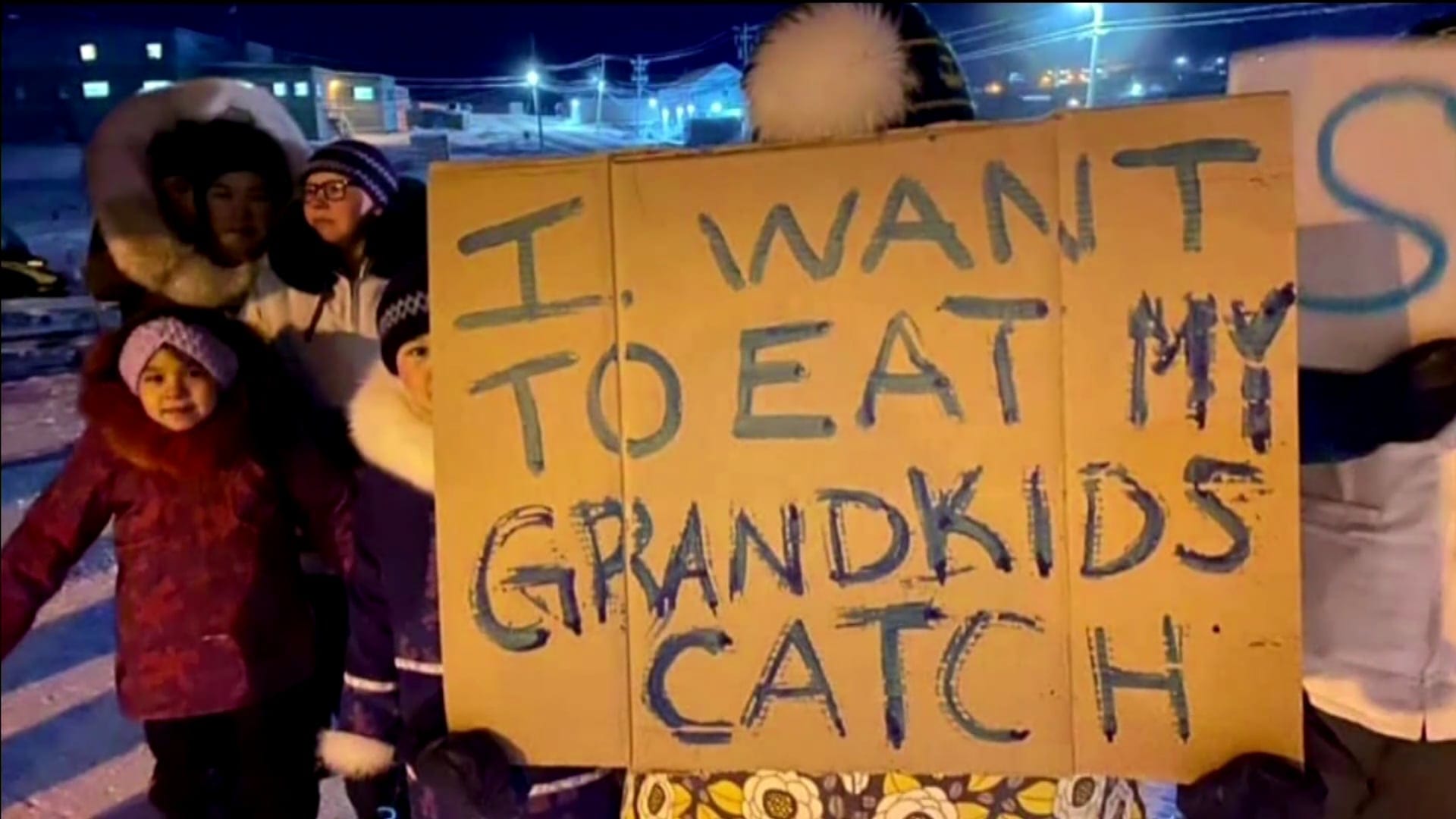
A group of Inuit dubbed the Nuluujaaq Land Guardians blocked access to the mine’s airstrip and access road, and remained there for a week until a Nunavut court placed an injunction upon them, and they left the site.
That injunction was extended by a Nunavut judge and still remains in place, despite the protestors being gone more than a month. One of their conditions for leaving was a meeting with QIA.
Akeeagok says the preliminary talks have begun.
“I’ve had a very good initial conversation with the protestors, a few weeks back now. A lot of the concerns of the protestors were brought forward, and I was very fortunate to be in Pond Inlet, and actually have conversations with protestors while I was up there,” explains Akeeagok.
While this protest was happening, the Nunavut Impact Review Board was holding hearings in nearby Pond Inlet, and Akeeagok was in Pond Inlet for those hearings.
Before Akeeagok was first elected QIA President in 2014, he worked for QIA as a staffer, a staffer who worked directly on the Baffinland file. We wanted to know –given that extensive experience – what would he have done differently?
“Well, that’s a deep question actually,” says Akeeagok. “One lesson I do see is that you need Inuit involvement right from the beginning, in terms of the design, in terms of the concepts, to really entrench Inuit, particularly from the impacted communities.”
Read More:
Judge serves temporary injunction against Nuluujaat Land Guardians on Baffin Island
Court documents show growing relationship between Baffinland and potential new Inuit organization
There is another round of meetings by NIRB in April to deliver a final decision recommendation on the project expansion. But the NIRB doesn’t have final approval, the federal government does. If the feds decide to go in a different direction than the NIRB, there is precedence.
In June 2019, federal Transportation Minister Marc Garneau overruled the Competition Bureau of Canada and allowed two airlines to merge, despite the bureau calling it a monopoly. The final decision may rest well beyond QIA or NIRB.
QIA has a very close relationship with the current federal Liberal government.
Prior to COVID-19 restrictions, QIA reps were on stage with Prime Minister Justin Trudeau, Crown-Indigenous Relations Minister Bennett and a who’s who of federal officials on frequent visits to Nunavut.
Now, QIA has to see just how far that influence goes.
“Right now, I think it would be pre-mature to comment in terms of what that might look like. We do understand that the voices in our decision, which are guided by the voices we’ve heard, especially through the regulatory processes, is grounded with the concerns we heard,” says Akeeagok.
“As for the relationship with the Crown, it is one we respect. It is a relationship we have been building, but it is through openness and dialogue like how we work with Inuit,” explains Akeeagok.
One of the side effects of the Nuluujaaq Land Guardians protest is the founding of the Qikiqtaaluk Uangnangani Katujjiqatigiit (QUK). That’s is an Inuit group that wants to get more benefits for those living closest to the Baffinland Mine. QUK had been in touch with Baffinland before the protests started, who were offering the fledgling group sole sourced contracts prior to cutting off contact after the airstrip had been blocked.
Does Baffin Island need a second Inuit Association?
“We’re listening to the concerns that they are bringing forward, but there is a process of those concerns coming to QIA, which is made up of elected officials from every community. If there’s changes to be made, that’s the mechanism in the Nunavut Agreement” says Akeeagok.
Another complicating factor for QUK and QIA is the concept of “land quantum.”
When the Nunavut Land Claim was being negotiated, Inuit got to select Inuit owned lands. Those are parts of Nunavut where Inuit hold title and get to collect royalties for resource extraction.
They could have decided to take an equal amount of land around each community, but instead opted to select the lands with the greatest potential for development. The plan was to spread the benefits around to communities, regardless of whether the development was on their doorstep or the length of Baffin Island away.
QUK is asking for more benefits for the communities closest to the mines. The land claim was written with the idea of sharing the wealth, but those nearest communities are the ones most impacted.
“Here at the NTI Board of Directors meeting, we just had that discussion. That’s where the benefit agreements really try to close that gap in terms of true benefits, that are geared towards impacted communities. We’ve heard the concerns and we take note,” says Akeeagok.
One of the promises Baffinland made was to reach 25 per cent Inuit employment at the Mary River site. They have only reached 14 per cent, but have said they will be building a heavy machinery training school in Pond Inlet to recruit more Inuit. “Training is a component that ties into the Inuit employment numbers,” says Akeeagok. “We have pushed very hard realizing Pond Inlet wants to be a regional hub, and that it truly wants to see infrastructure in particular.
“The numbers have been low, and it is very concerning to us.”
Another challenge QIA faces, voter turnout. The most recent QIA by-elections only had 14 per cent voter turnout, for an organization that holds much influence over mineral development on Baffin Island.
“That’s a concern we all share,” says Akeeagok, who was re-elected as QIA president in 2018 after running unopposed. “It is a shared concern we all have, in terms of the importance of voting.”




